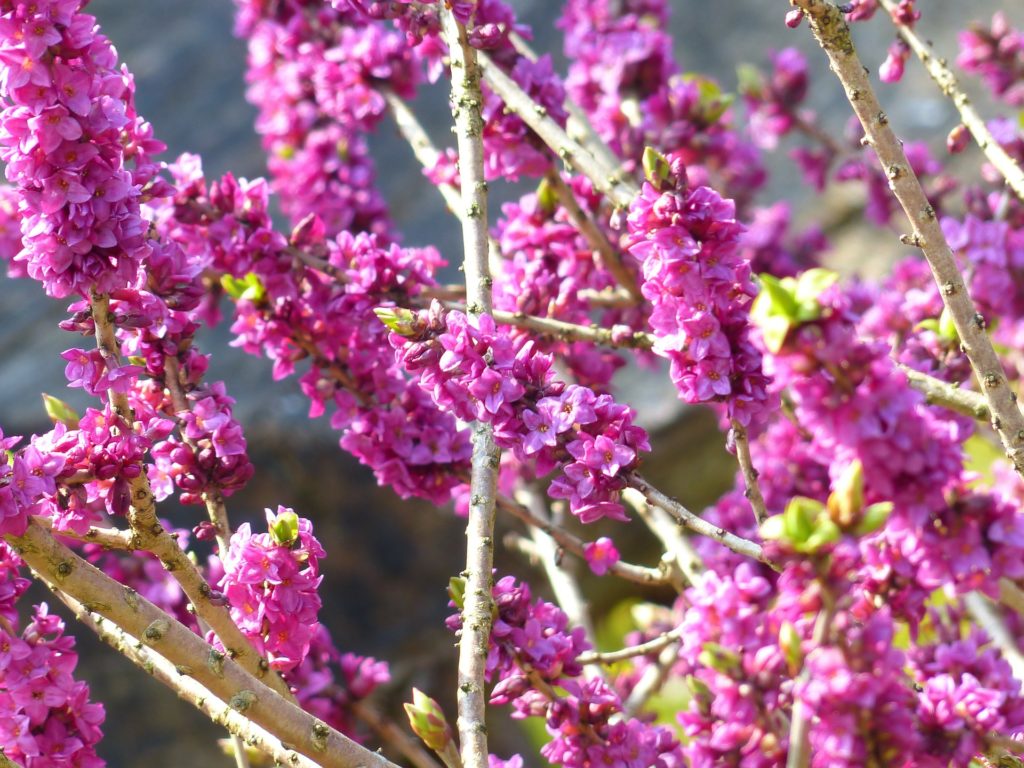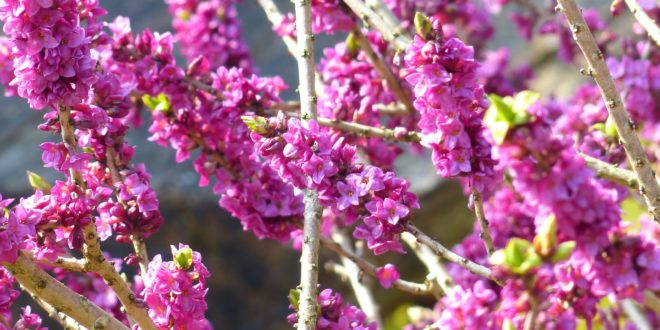Winter has come and gone and we’re well and truly in the midst of spring, so if you’re still hunting for your daphne – still hoping for a whiff of that divine citrus fragrance, you’re probably out of luck. By now, most daphne odora are sporting the last of their delicate blooms so if you can’t spot yours, the sad fact may be that it has turned up its toes. If that is the case, the important thing is not to jump to conclusions and blame yourself. Unbeknownst to many gardeners, daphnes have a life-span of just 10-15 years – rather a brief spell in terms of what shrubs are usually capable of. If your daphne was past its best-by date, it’s time to shout yourself another. On the other hand, these beauties do tend to be temperamental so if age isn’t the reason for your daphne’s demise, consider the following:

Moved homes lately?
One thing daphnes don’t take kindly to is being shifted. If you’ve been growing yours in a pot and have then shifted it into a permanent position, or if you’ve redesigned the garden and moved your scented shrub to another spot, it may well sulk and eventually die off. Daphne seriously resent root damage of any kind so when you do bring your replacement plant home, give careful consideration to where you plan to place it. And if it absolutely must come out of a pot and into the garden, don’t be tempted to tease the roots out prior to planting.
Too casual for comfort?
Some ornamentals have a wide tolerance where conditions are concerned, but not daphne. It detests wet feet and strongly resents poor draining soil, often developing root rot when its tastes are not catered for. On the other hand, although daphne can accept a short, dry spell, it isn’t happy when left to dry out completely, or when its roots are too warm. In warm districts, mulch around the base of the plant to keep the roots cool, and water to dampen the soil, not saturate it. If you’re growing your daphne in a pot, move it out of direct sunlight over the summer.
Illnesses ignored?
If your daphne isn’t well, it will soon let you know. Providing you’re familiar with it’s complaints and how to treat them, you could save its life. One of the most common ailments in daphne is magnesium deficiency, and if your plant is suffering from this, its leaves will almost certainly turn yellow. Epsom salts is the treatment to administer. Found in grocery stores, as well as garden centres, it should be mixed at a ratio of 20grams of salts to 1 litre of water. Spray the solution over the entire plant. If your daphne begins to gather sooty mould, the generic name for a common fungal disease, it may be a sign that aphids and/or scale bugs have set up home in its leaves. An organic spray of 1/2tsp of bathroom soap dissolved in 2 cups of water can help, but if the infestation isn’t too serious, it may be possible to wash off the insects or rub them off with your fingers.
Is it all worth it?
The delicious fragrance of daphne in late winter and spring is worth every bit of the work it takes to help the plant thrive – and every dollar required to purchase a replacement when your old one eventually shuffles of its mortal coil.










Join the Discussion
Type out your comment here:
You must be logged in to post a comment.